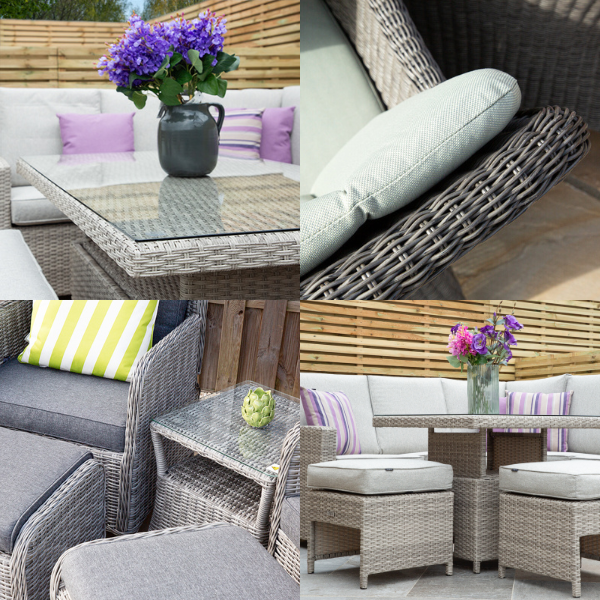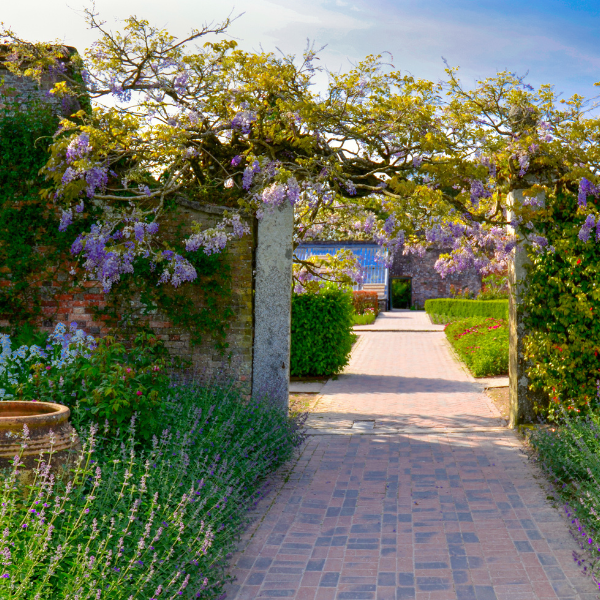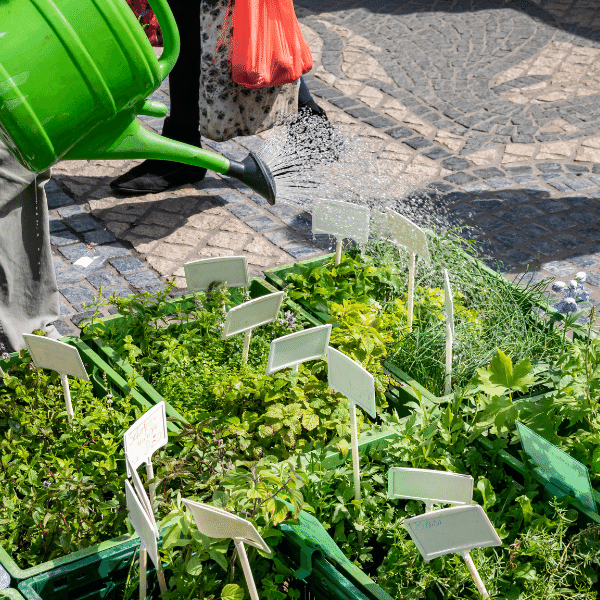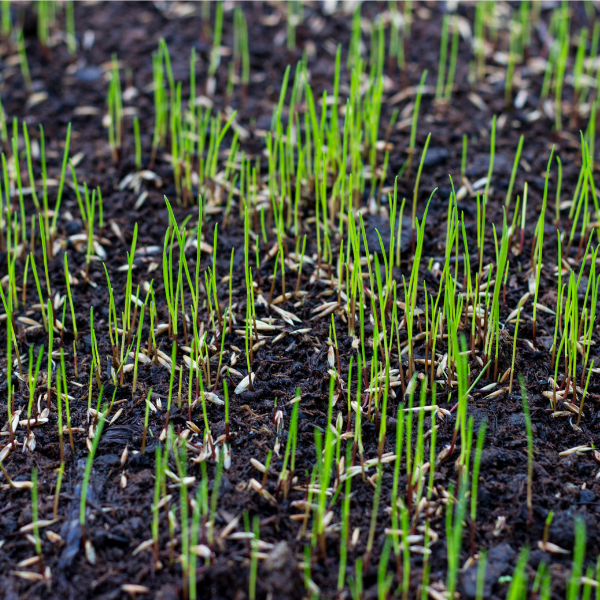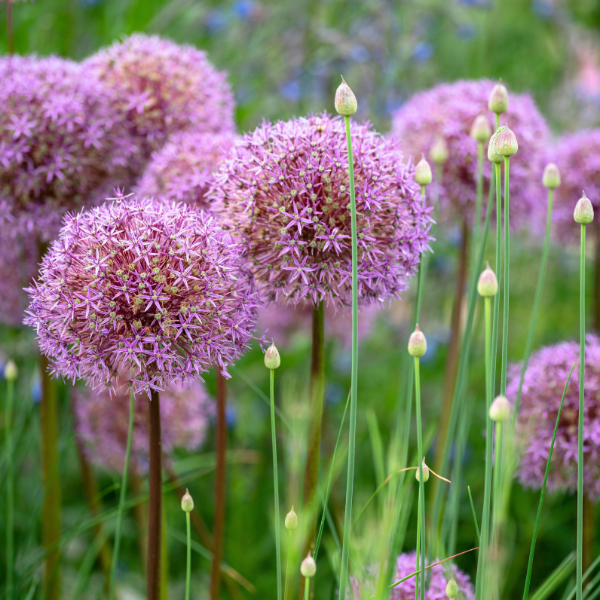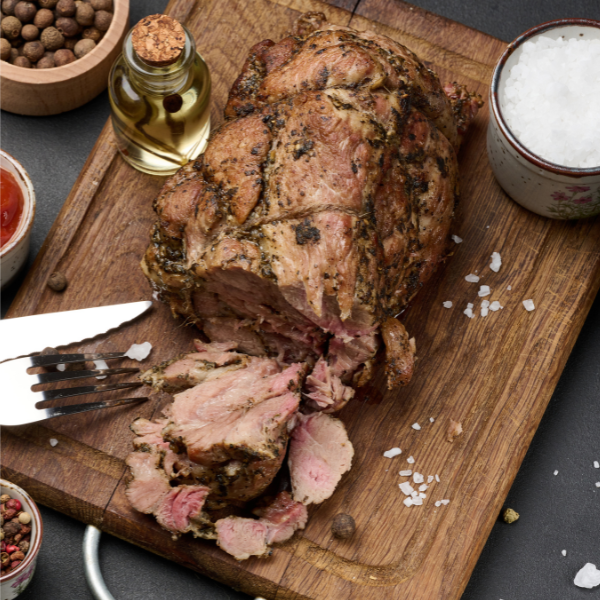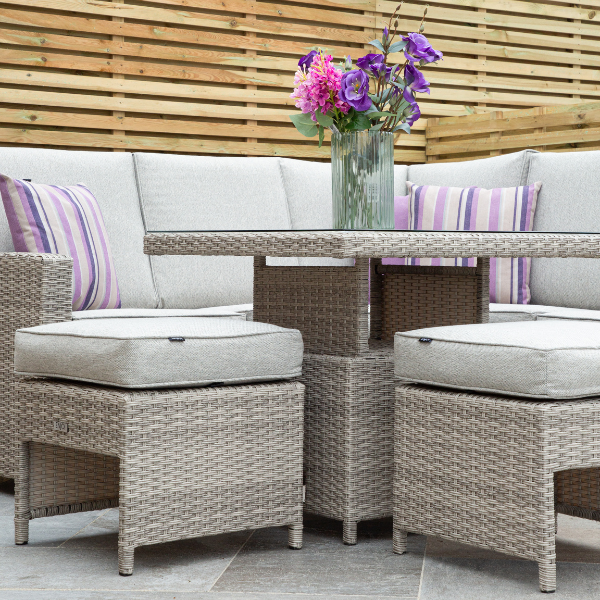Azalea
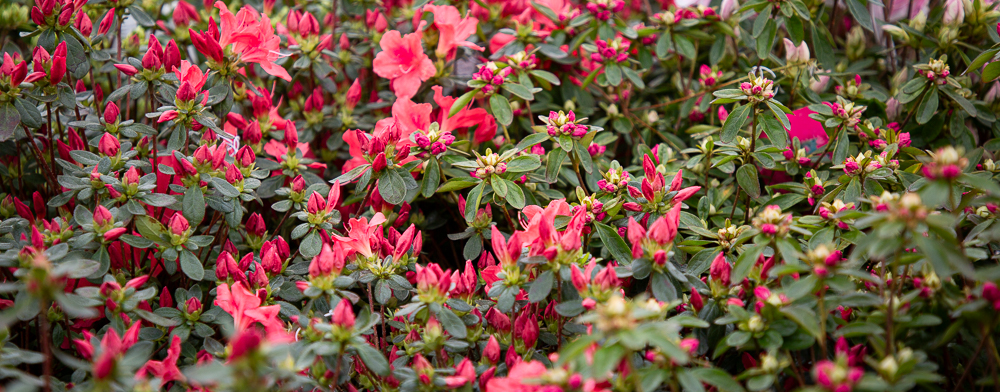
Also known as: Trollius and Globeflower
Azaleas are loosely branched, shade-loving evergreen shrubs with simple leaves. They can be found in a variety of colours including white, purple, yellow and red, with all hues in between. They mainly appear in the garden around spring time, when the clusters of funnel-shaped blooms appear. Azaleas need at least four hours of sunlight daily and afternoon shade in places with scorching summers. Keep their soil moist, acidic and fertile for them to grow well. They are best planted in the spring or early fall, because they are relatively slow growing and this gives them enough time to blossom, ready for spring. A one-gallon container plant will usually flower within its first year but they can take up to 10 years to reach its full size. They are extremely toxic to humans as well as animals, so if you have pets that are allowed outside, you will need to make sure the plant is out of reach.




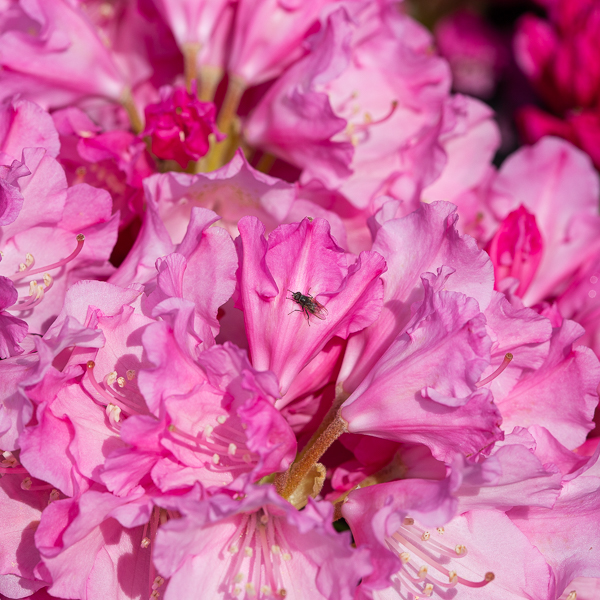
Types of Azaleas
Similar to the Rhododendron and being from the same family, all types of Azaleas are generally thick evergreens, that bloom perennially and have bloom flowers year after year. Theres always some sort of tradition or folklore behind the symbolism of flowers and this is definitely true for the Azalea. It is said to believe this plant represents temperance, fragile passion and womanhood, in a sense it means ‘take care of yourself for me’.
There are two distinct types of Azaleas that are found in the typical UK garden. Evergreen Azaleas; these keep their leaves in winter, and typically grow to 40-80cm in 10 years. The other is the Deciduous Azalea, which are a taller variety, reaching 120-150cm in 10 years. These lose their leaves in the autumn, often with some wonderful colours first. Both are members of the Rhododendron family.
Deciduous Azaleas provide spectacular colour in late spring and early summer as well as attractive foliage throughout the autumn. There are three main deciduous cultivar groups which include; Ghent, Knapp Hill, Exbury and Mollis Azaleas.
Evergreen Azaleas are also very popular in the UK. They are more compact than deciduous types that create low growing mounds which are densely packed with blooms. There are three main evergreen cultivar groups and these include; Kaempferi, Kurume and Vuyk Azaleas.
Both of these varieties can be found at your local garden centre all year round and can be typically planted during most months of the year.
Caring for your Azalea
- Grow in well-drained, acidic soil that is not too compact
- Keep an eye on the levels of acidity in the soil, the best way to do this is to test the pH through soil samples. If the soil is slightly neutral, add peat moss to improve drainage and acidify the soil
- Ensure the plant has at least four hours of sunlight; locate it in a shadier spot that has a higher temperature climate
Light, Soil and Water
Azaleas flourish in partial shade with a few hours of morning or afternoon sun each day, if they get too much sun throughout the day there is a risk of them wilting. In colder climates, Azaleas could grow well under full sun as long as they don’t overheat, in extremely warm climates they should be given much more shade. Azaleas also need a good amount of water in order to bloom to their full potential; spring showers should usually be enough but if the spring is somewhat dry, extra watering will be beneficial.
Azaleas love acidic soils with a pH ideally between 4.5 to 6. You’ll often see a lot of them potted with mostly peat moss, as this is a good planting medium for them. The soil should also contain plenty of organic matter, with good drainage and fertility. They do best with natural mulch, such as pine bark. Azaleas thrive when given some fertilizer and if the soil they are planted in is either neutral or alkaline, an acidifying fertilizer is ideal.
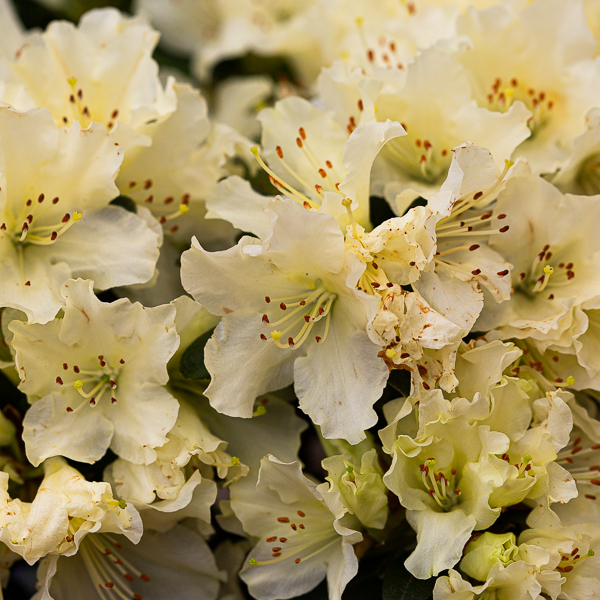

 2,768 REVIEWS
2,768 REVIEWS
